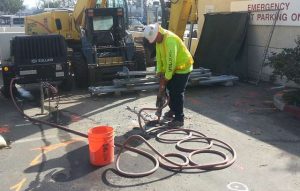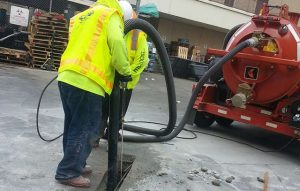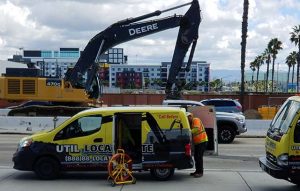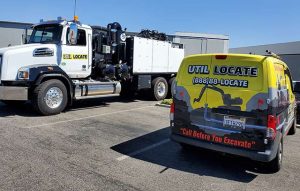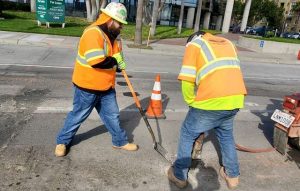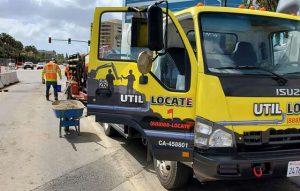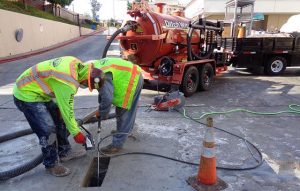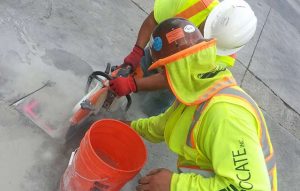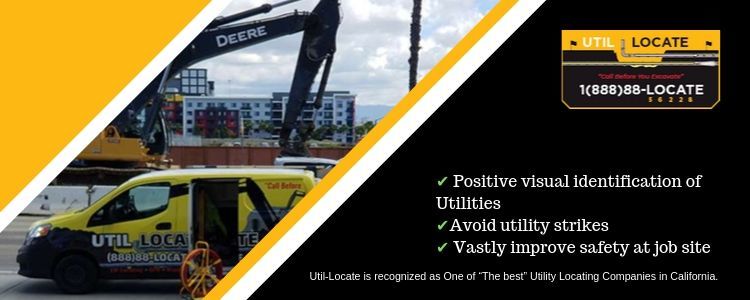What You Need to Know About Potholing for Utilities Services
When working in the utility industry, it is highly likely that you will be tasked with potholing. This method of gathering visual information is an economical, time-saving initiative that involves the digging of a small hole in the ground. Utility potholing is done to ensure that existing infrastructure underground will not interfere with new infrastructure that is being laid in the same area. This work can be done in a variety of different ways and offers some notable benefits too, of which we will discuss further. Read more about potholing.
Types of Excavators used for Potholing Services
There are two commonly used types of excavator used when potholing utilities. The first one is an ‘air vacuum excavator’, with the second being a ‘hydro vacuum excavator’. These two methods, as their names suggest, use either air or water to displace the ground below with them creating dry or wet spoil. Air will create dry and water will create wet spoil. This is then removed by vacuum suction and stored within a holding tank. These vacuum machines are usually mounted on a utility vehicle and are made in various sizes, dependant on the workload it is intended for. See more about potholing vacuum excavation.
Why is Potholing Services important?
When laying infrastructure underground, there is always the possibility of damaging other underground utilities. It is highly likely that the company that the contractors are working for will be fined for this damage. It can also result in significant project downtime, which will also incur costs for the company.
It may seem like these may be unnecessary additional steps for contractors to worry about, but the implications in terms of cost can be huge. If you happen to hit a gas or utility line through horizontal directional drilling, the use of a trencher or a backhoe, this could result in fatal damage to infrastructure that surrounding businesses and residential areas rely on. See pothole existing utilities.
The Law
It is still incredibly important to determine the exact location of existing piping and other lines through potholing utilities. In a safe zone, contractors are not permitted to dig with machinery in the area, with the area size ranging from 18 inches up to 3 feet. Instead, these safe areas must be dug in using hand tools such as shovels, or the vacuum evacuation or hydro excavators.
Summary
Overall, contractors and their employers must remain acutely aware of their need to sufficiently inspect their working area when laying new infrastructure underground.
Rather than simply digging into the ground, contractors must instead perform either vacuum evacuation or hydro evacuation to create a pothole. This will create a line of sight into the ground that can help workers to avoid drilling into existing infrastructure, something of which could be incredibly costly through being fined or having to delay project work.
Safe areas, which are 18 inches to 3 feet in size, cannot be dug in using heavy machinery and instead need to be dug by hand or using vacuum excavators.
What to Consider in Your Utility Potholing Services Budget
Spatial Awareness
Before a team can estimate the cost of your project, you will need to have a general awareness of your construction site. That means knowing what utilities the potholing team will likely come across during the excavation process. You should also know how many excavation sites will be needed as well as their approximate depths. If the potholing is to occur near a water or disposal site, this is also important relevant information that needs to be passed on. If you want an accurate estimation, this information should be given to the potholing team as early as possible. Otherwise, you could end up with a higher bill than anticipated.
Utility Potholing Services Operating Costs
To get an accurate estimation, start with how many holes you need to be excavated. The construction team or the potholing company will have an awareness of how deep under the ground the utility line is. From this information, the amount of material removed from each hole is calculated. Vacuum excavation using a water jet will also include the cost of the water or liquid being sent into the spoil tank. Typically, the ratio of water to soil is 1 to 1.
Risk Prevention
You are likely using vacuum excavation because it is a time-efficient and relatively risk-free method of potholing utilities. When you are calculating the cost of potholing for utilities, you should factor in the money saved by using less cautious methods. For instance, backhoes and shovels have reputations for damaging utility lines which can lead to expensive fines and put your crew and members of the public at risk. To better understand how much money potholing costs, these savings should be included in the final calculations.
Understanding Variables
Finally, remember that the other labor costs included in utility potholing. This includes transportation and disposal costs when the team is emptying the spoils tanks away from the site. Depending on which city or state you are in, disposal costs and regulations will vary.
